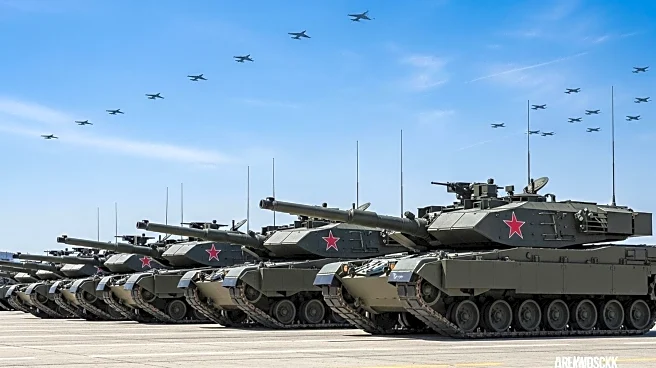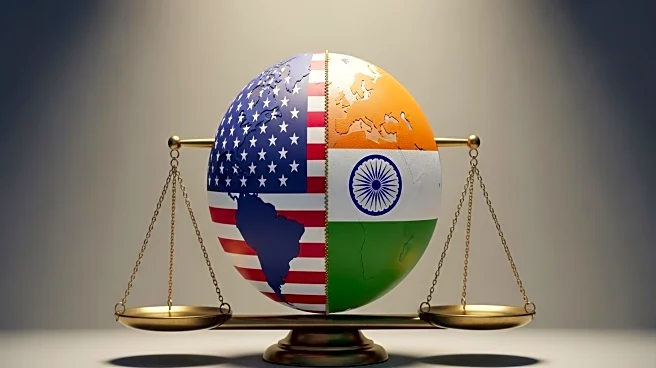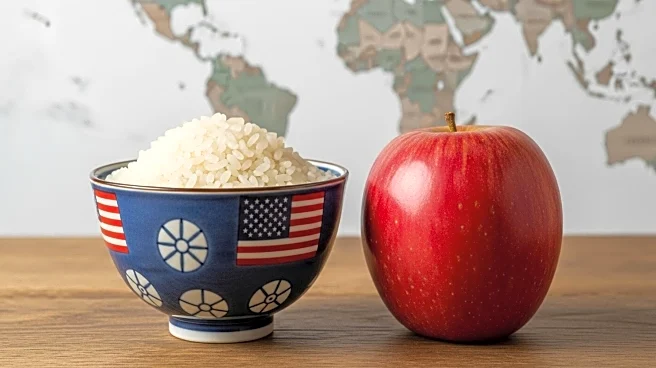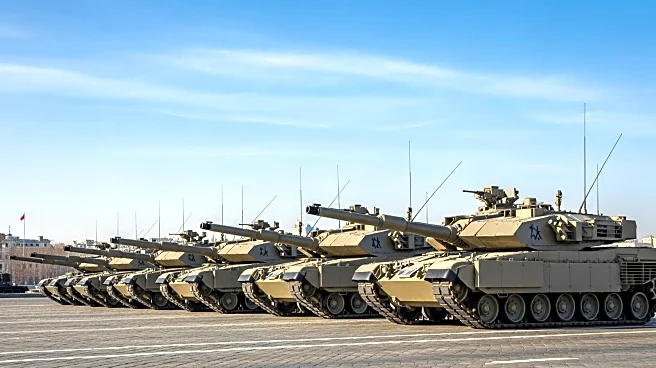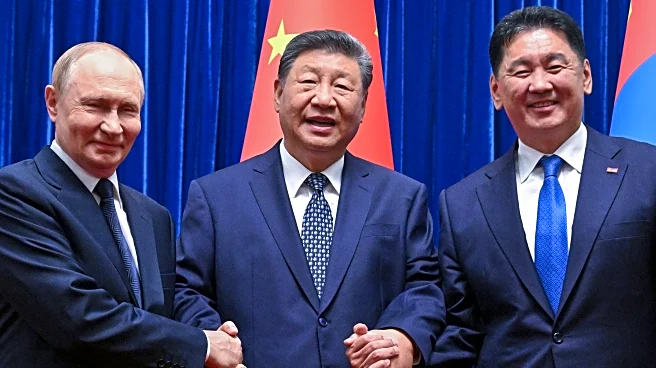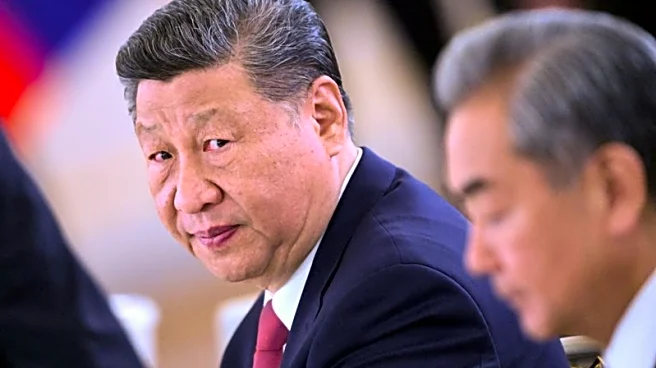What is the story about?
What's Happening?
President Trump's approach to trade policy has introduced significant uncertainty for the U.S. fashion industry. The administration's fluctuating stance on tariffs, particularly those affecting imports from China, has left brands and retailers unsure of the costs associated with their supply chains. China, which accounts for 22 percent of textile and apparel imports to the U.S., has been a key production market for many firms. The decision to extend negotiations with Beijing has been welcomed by importers, but the unpredictability of tariff rates and implementation timelines has posed challenges. Steve Lamar, CEO of the American Apparel & Footwear Association, highlighted the adverse effects of this uncertainty, noting that it stifles innovation and strategic decision-making. The potential for a 30 percent tariff on imports from China, even with a temporary pause, remains a concern, as it could lead to product elimination and business closures.
Why It's Important?
The ongoing uncertainty in trade policy has significant implications for the U.S. fashion industry and consumers. High tariffs on imports from China could lead to increased costs for clothing and footwear, impacting American families who rely on these essentials. The unpredictability of tariff rates complicates long-term planning for businesses, potentially stifling growth and innovation. Additionally, the stacking of new tariffs on top of existing ones, such as the Smoot-Hawley MFN tariffs and Section 301 tariffs, exacerbates the financial burden on companies and consumers. The fashion industry, which operates on tight margins and long lead times, is particularly vulnerable to these disruptions, highlighting the need for stable and predictable trade policies.
What's Next?
As negotiations with China continue, stakeholders in the fashion industry are urging the administration to adopt provisions that prevent the stacking of tariffs, similar to agreements with Japan and the EU. The outcome of these talks could determine the future cost structure for apparel imports and influence strategic decisions within the industry. Companies are closely monitoring developments to adjust their supply chains and pricing strategies accordingly. The administration's next steps in trade policy will be crucial in shaping the economic landscape for the fashion sector and its consumers.
AI Generated Content
Do you find this article useful?



